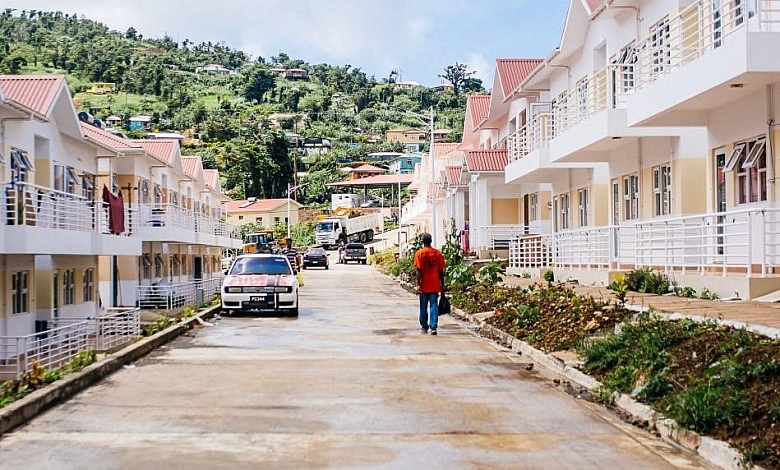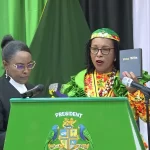Resilient Dominica Physical Plan (RDPP)

The Resilient Dominica Physical Plan (RDPP) is a comprehensive land use and infrastructure development framework to create a climate-resilient built environment in Dominica. Aligned with the nation’s goal of becoming the world’s first climate-resilient country, the RDPP ensures that urban planning, infrastructure projects, and environmental protection initiatives contribute to long-term sustainability and disaster preparedness.
Objectives of the Resilient Dominica Physical Plan (RDPP)
The Objectives of the RDPP focus on land use planning, infrastructure resilience, environmental protection, and community engagement, ensuring sustainable development, disaster preparedness, and climate adaptation for Dominica’s long-term growth and stability.
Integrated Land Use Planning
The RDPP establishes sustainable land management practices to:
- Optimize resource allocation and minimize land-use conflicts.
- Support climate adaptation strategies for vulnerable communities.
- Improve urban planning to accommodate population growth while maintaining ecological balance.
Infrastructure Resilience
To reduce vulnerability to hurricanes, floods, and seismic activities, the RDPP incorporates:
- Stronger building codes ensuring structures withstand extreme weather events.
- Upgraded transportation networks for reliable post-disaster recovery.
- Resilient energy systems, integrating geothermal, hydro, and solar energy to reduce reliance on fossil fuels.
Environmental Protection
The RDPP prioritizes conservation and sustainability by:
- Expanding protected areas and forest reserves to 67% of the island’s landmass.
- Implementing coastal zone management policies to prevent erosion and storm surges.
- Strengthening watershed protection programs to ensure clean water supply and prevent land degradation.
Community Engagement and Social Development
The plan integrates community participation by:
- Involving local residents in decision-making to ensure projects reflect their needs.
- Supporting disaster preparedness training in vulnerable regions.
- Promoting climate-resilient housing initiatives to safeguard low-income families.
Implementation Strategies
The Implementation Strategies of the RDPP integrate policy alignment, data-driven planning, regulatory enforcement, and risk assessment, ensuring climate-resilient infrastructure, sustainable land use, and disaster preparedness across Dominica’s development framework.
Policy Integration
The RDPP aligns with national policies, including:
- National Resilience Development Strategy (NRDS) 2030, promoting economic and social resilience.
- Climate Resilience and Recovery Plan (CRRP) 2020-2030, focusing on infrastructure durability and carbon neutrality.
Data-Driven Decision Making
The RDPP relies on:
- Geographic Information Systems (GIS) mapping to identify high-risk areas.
- Hazard assessments to guide future development in safer locations.
- Risk zoning policies preventing construction in disaster-prone regions.
Regulatory Framework and Enforcement
To strengthen compliance, the RDPP includes:
- Stricter building codes ensuring new structures meet resilience standards.
- Environmental impact assessments before approving major projects.
- Land-use regulations preventing overdevelopment in fragile ecosystems.
Future Outlook and Sustainability
The Resilient Dominica Physical Plan represents a proactive approach to addressing climate change, disaster preparedness, and sustainable urban development. By integrating policy-driven solutions, technological innovations, and community engagement, the plan ensures that Dominica’s future infrastructure and land use decisions promote both economic growth and environmental protection.




